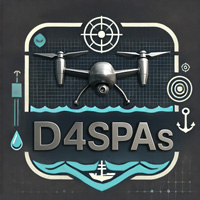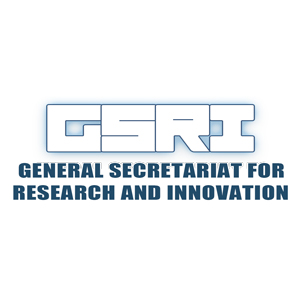D4SPAs project aims to develop and deploy a product that consists of a UAS (Unmanned Aircraft Systems) with VTOL (vertical take-off and landing) capability equipped with the appropriate sensors (electrochemical-hyperspectral-optical) used to inspect pollution sources (e.g. oil spills, emissions, waste) in a port and in a broader anchorage area. The UAS's other tasks would be to monitor and detect various illegal activities (e.g. intruder's detection, marine pollution crime), used for day and night security surveillance tasks, and deployed during emergency situations (e.g. accidents) providing real-time feed from the incident to the appropriate port or other authorities.
The materialization of this project will enhance the efficiency and competitiveness of port operations by correlating with digital transition since we combine the technology of robotics and UAVs along with sensors and intercommunication systems. We aim to provide opportunities enhancing competitiveness, efficiency and sustainability of medium-to-large ports. We focus on monitoring and detecting ecological threats and pollution sources (for ports, harbour and anchorage areas) to push all the involved actors to reduce their impact on marine ecosystems and ultimately their ecological footprint. Lastly, we indirectly reduce waste which is one of the key aspects of circularity.
During the project several results with important outcomes will be examined and our final product and services will be based on the following qualities:
Deploying the drone in areas where a high-resolution, targeted surveillance in real time is needed is a step towards filling the gap between the lack of pollution inspection means of the responsible authorities and robust proof of possible illegal activities or security threats on site.
The proposed solution can identify activities and provide accurate and localized knowledge of incidents, security threats or possible dangers. The drone platform will be equipped with three different payloads according to the needs of the operator, while after the mission it lands reliably back on a pre-designated space. Video and imagery would be communicated to the user in real-time while other raw data could be accessed by onboard computing processing units or even after the drone returns to land with a post processing workflow. Insights into the current environmental, security or emergency situation can be extracted in an automated or semi-automated way informing the operators in real-time.




